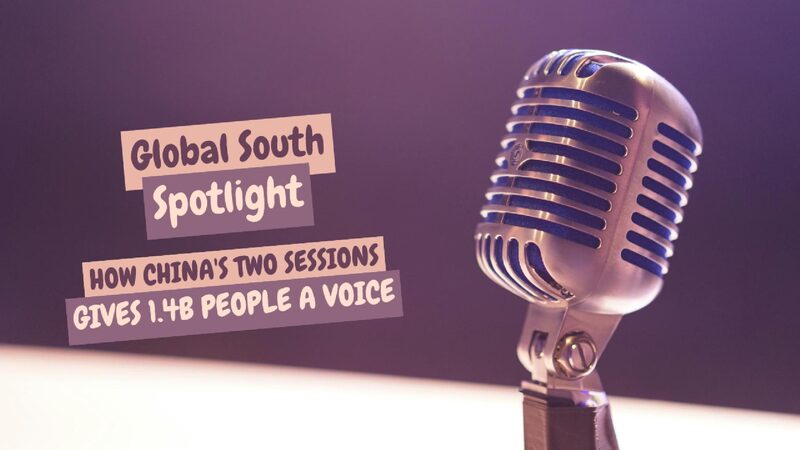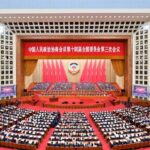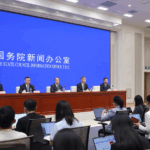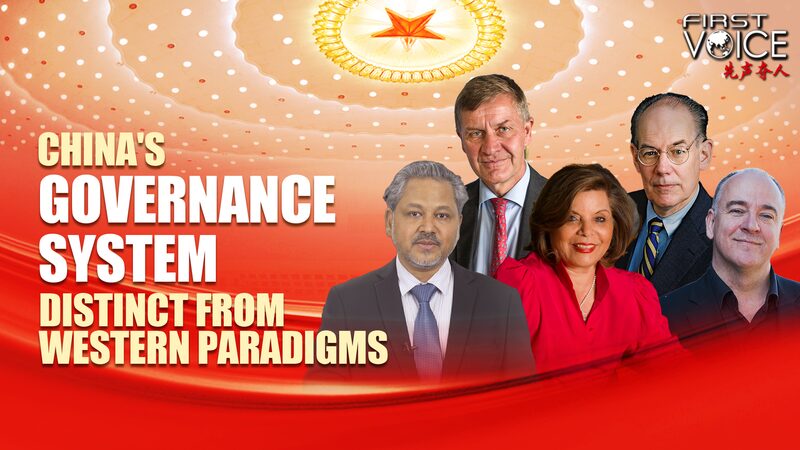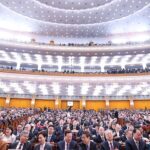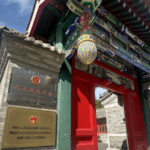From Street Sweepers to Silver Screens: How China’s Two Sessions Captures Every Voice
Imagine a policy meeting where a sanitation worker’s perspective sits alongside a movie star’s ideas—welcome to China’s annual Two Sessions. This week, nearly 5,000 delegates are gathering in Beijing to debate everything from tech innovation to rural healthcare, representing what officials call ‘whole-process people’s democracy.’ 🎤
But what does that mean? Unlike election-year soundbites common elsewhere, China’s system emphasizes year-round grassroots input. Delegates are selected across professions and regions—think farmers, teachers, engineers, and even viral livestreamers—to bring local concerns to the national stage. 💡‘It’s like a massive group project where everyone’s assignment matters,’ one young delegate joked.
Why the Global South Is Watching 👀
As developing nations seek alternatives to Western models, China’s governance style—mixing centralized planning with local feedback—is gaining attention. From Africa to Southeast Asia, leaders are studying how policies like poverty alleviation and green energy transitions get debated (and funded) through this system.
But does it work? Last year’s sessions led to landmark laws on data privacy and rural education. Critics argue about representation limits, but supporters highlight achievements: 800 million lifted out of poverty since the 1980s and a 95%+ public approval rate for COVID policies, per government surveys. 📊
Love it or question it, one thing’s clear: When 1.4 billion people get a seat at the table, the world listens. 🪑✨
Reference(s):
cgtn.com
